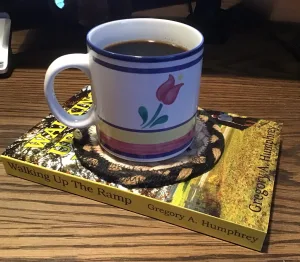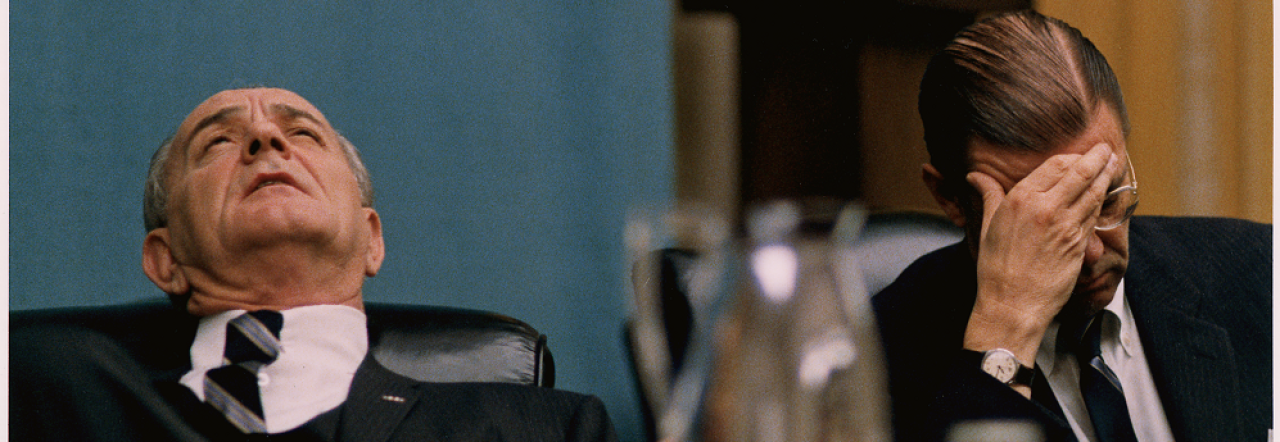
Since the late 1970’s I have held to a tradition every fall, in odd-numbered years, of contacting one of my elected officials and requesting a Wisconsin Blue Book. As corny as it may sound I anticipate finding out what the cover design will be, and what the topic of the feature article will be in the latest edition.
Over the years I have looked back at photos in the books of those who brightened the statehouse with colorful personalities such as Representatives Gervase Hephner or Cletus Vanderperren. It is interesting to see them change in photos over the years which they served, and see how their ties changed, too! Given the political rancor that has built into tribalism, even in our state, I find it is important to recollect better days when friendships and collegiality mattered as much as partisanship under the dome.
I use the books to see how Assembly and Senate districts have changed following each census. I use the book to get an address when sending a letter to an official’s office. Just this summer I grabbed the book when a discussion was underway on my front lawn about who the majority leader in the legislature was back in my high school days.
There are countless reasons to have a Blue Book, and as I sit at my desk where all posts are typed for CP, I now have the 2019-2020 version of the book on a shelf. (Thanks to Senator Risser.) But why am I writing about Wisconsin Blue Books?
Some still claim that the printed version of the Blue Book is an expense the state could eliminate. Such talk, however, should be rejected and for good reason.
I am one of those who feel that openness and transparency are very important when it comes to government. Anything that allows the citizenry to better understand and appreciate the workings of government should be encouraged. The Blue Book, with 774 pages in the current volume, does exactly that. To remove a valuable resource of this type does not best serve the public.
The special section of this edition is how the 1918 Wisconsin Legislature enacted legislation for veterans following World War I. The research and narrative by Jillian Slaight is an informative and entertaining read.
In 1916, Americans remained sheltered from the horrors of war that they heard and read about daily. That year, the Battle of Verdun alone had claimed 350,000 French and 330,000 Germans.4 Thousands of miles away, Wisconsin men and women—especially those of German descent, under pressure to renounce their native country—hoped the conflict would end before ensnaring the United States. After the United States entered the war in April 1917, critics increasingly regarded Wisconsin—and its firebrand anti-war politicians—as insufficiently patriotic, even labelling it the “Traitor State.” Wisconsin’s embattled reputation motivated state legislators to enact laws that proved their patriotism—not only during the war, but also during the session that followed in 1919.
Governor Tony Evers makes the point in this edition as to the reason the books matter. He writes they allow us to reflect on our history, how far we have come, and the work we have yet. to do.
Evers is very accurate. Anyone who cares about government or just wishes to know some odd trivia about Wisconsin will be delighted with the book.
The hard copy edition is used by many who have no computer, or those like me who still find books a most useful way to access information. While I am computer savvy, I also very much like to hold a book in my hand and read it when and where I want. I know many feel the same.
There are countless ways to save money in government, but to shortchange the public for the cost of Blue Books every other year makes no sense. Might I suggest reform of the per-diem process for elected officials? Now we are talking about some serious money-saving!
Call your state representative or senator today and ask for a copy!

